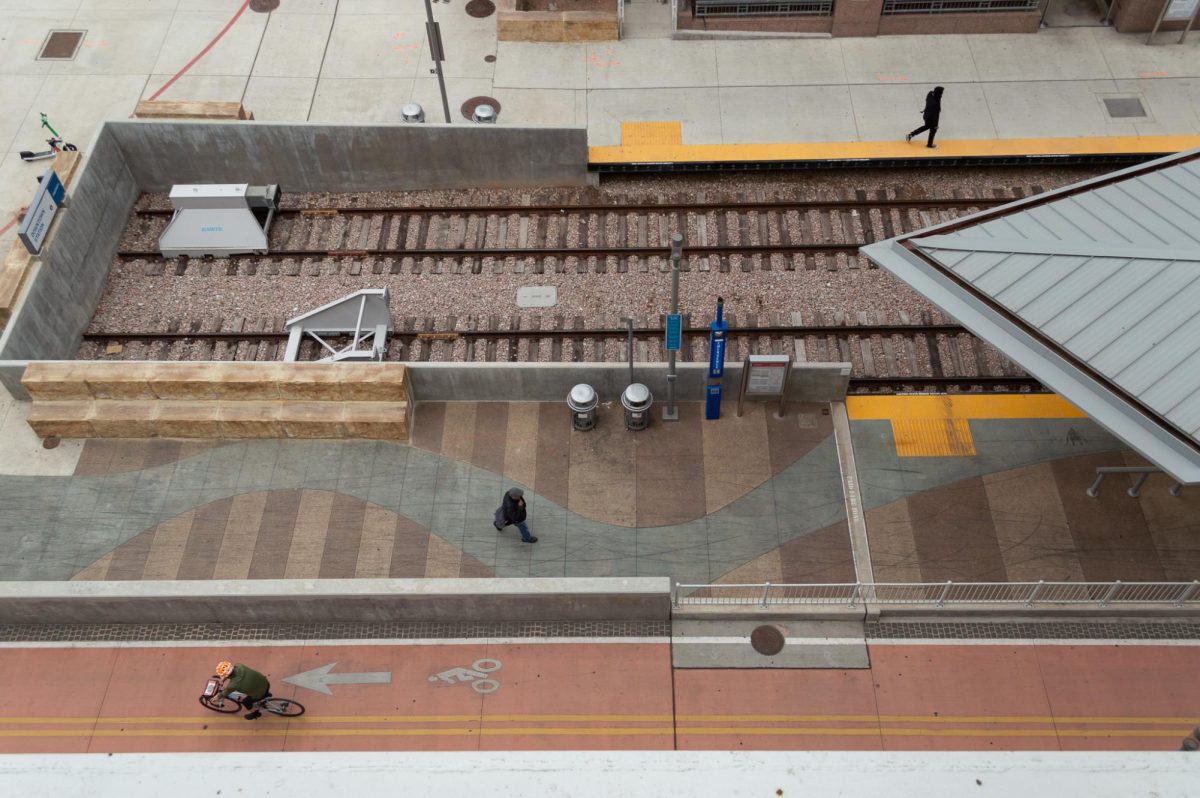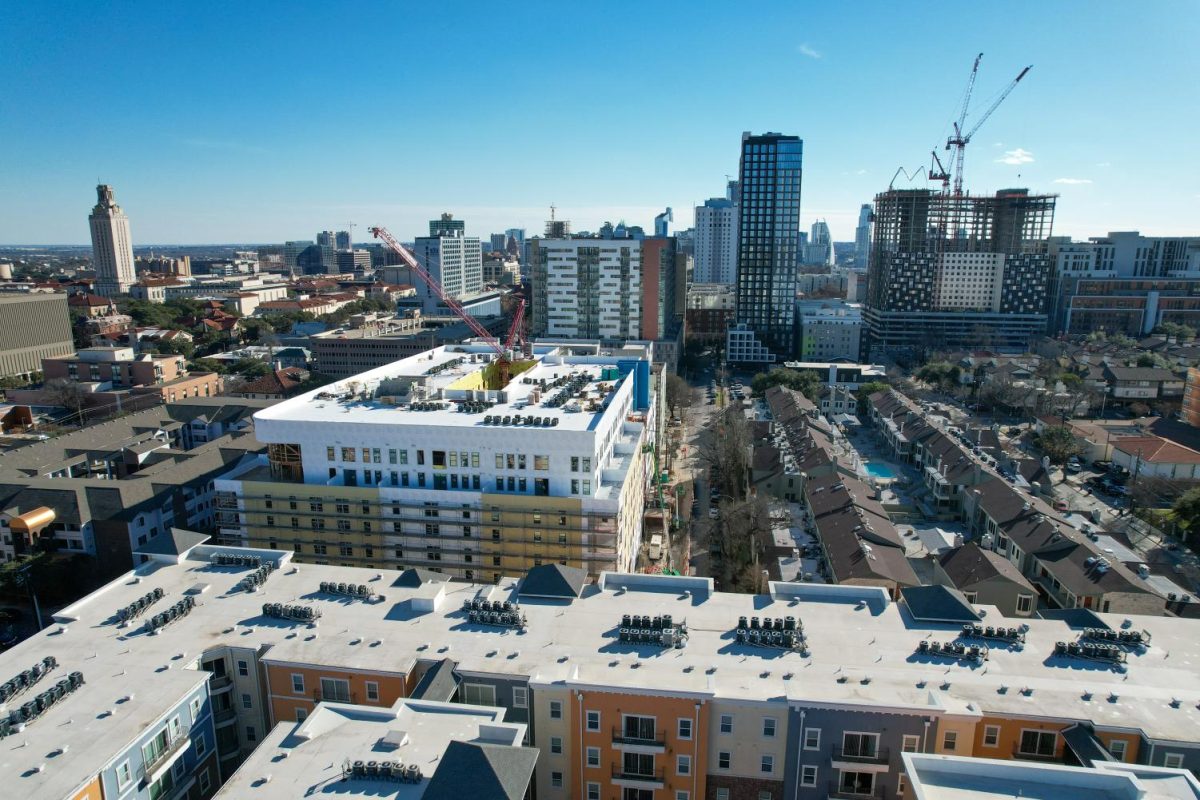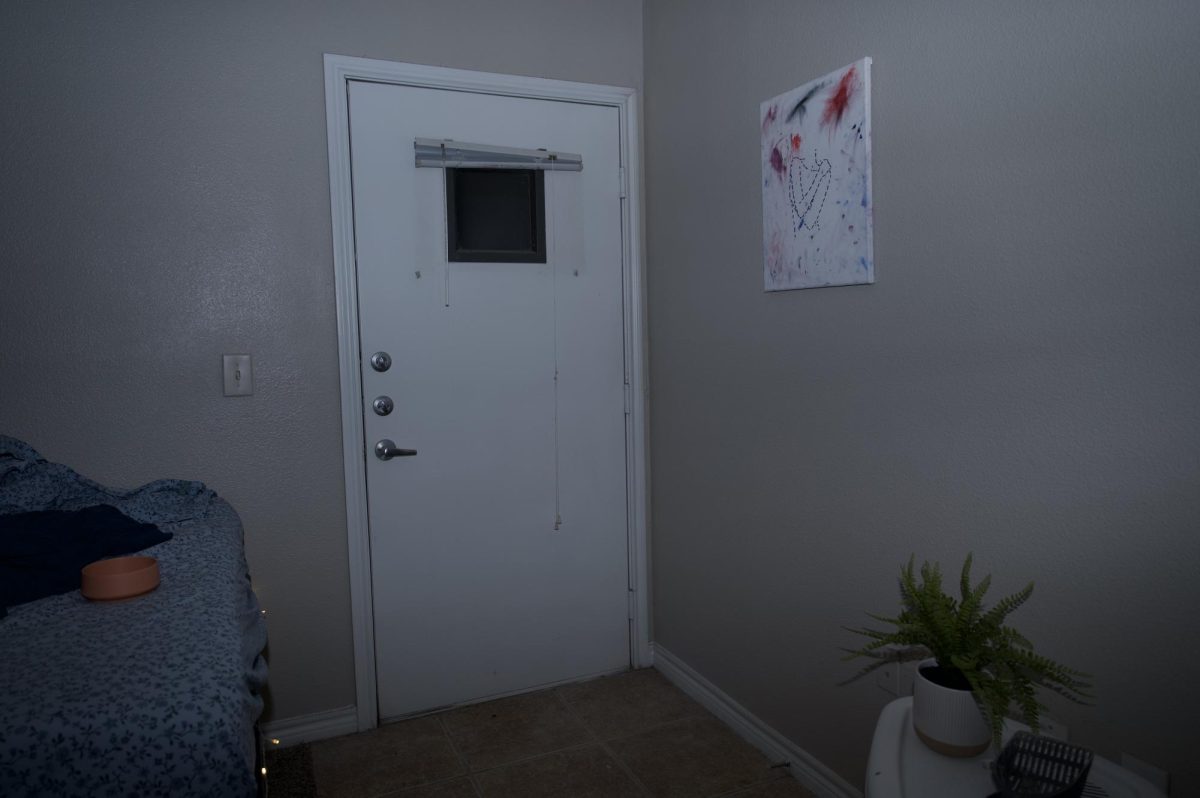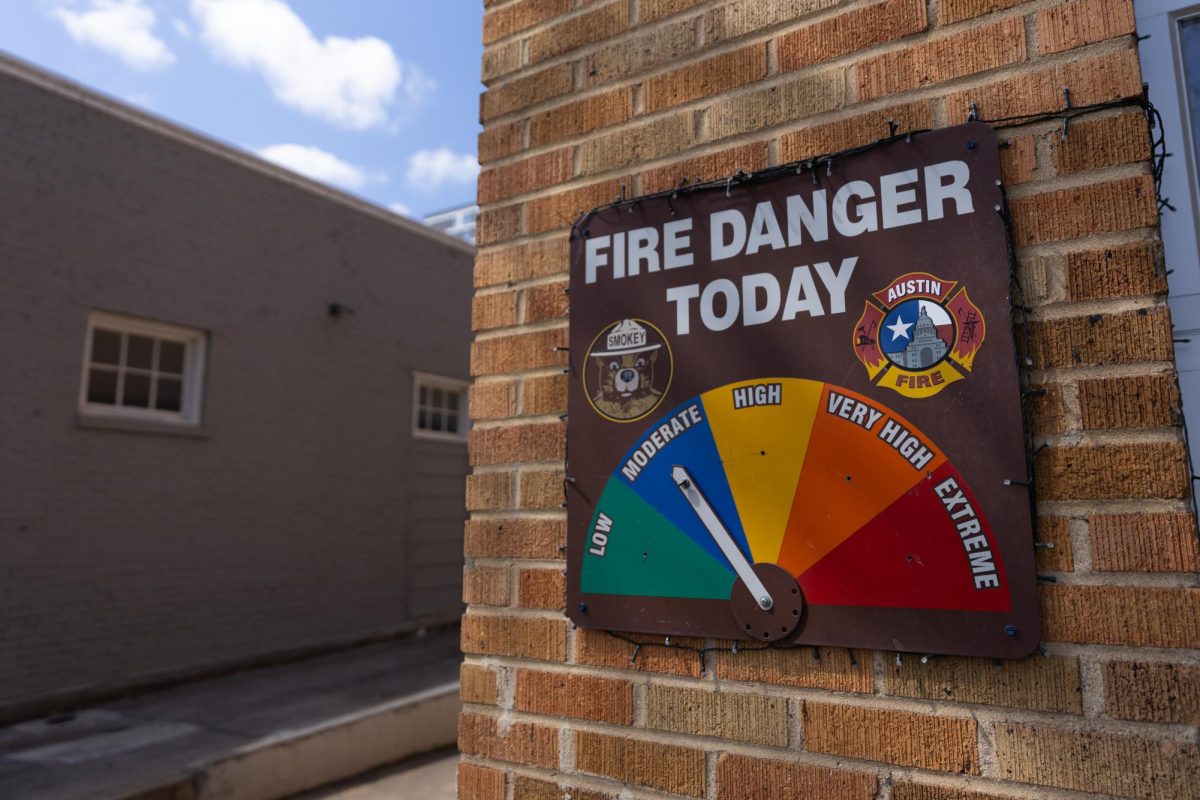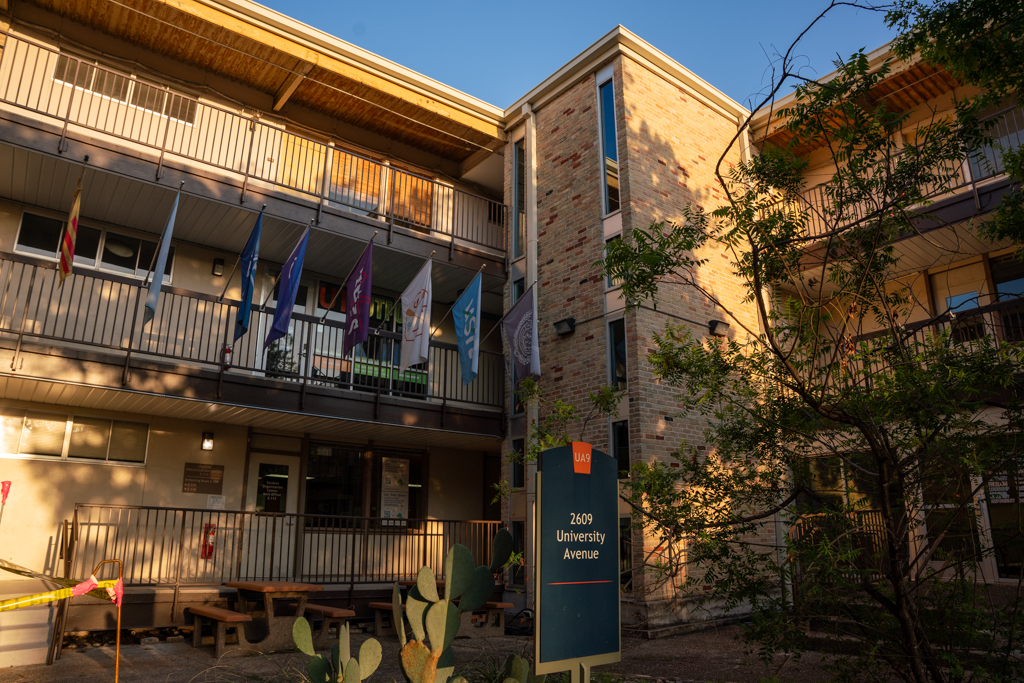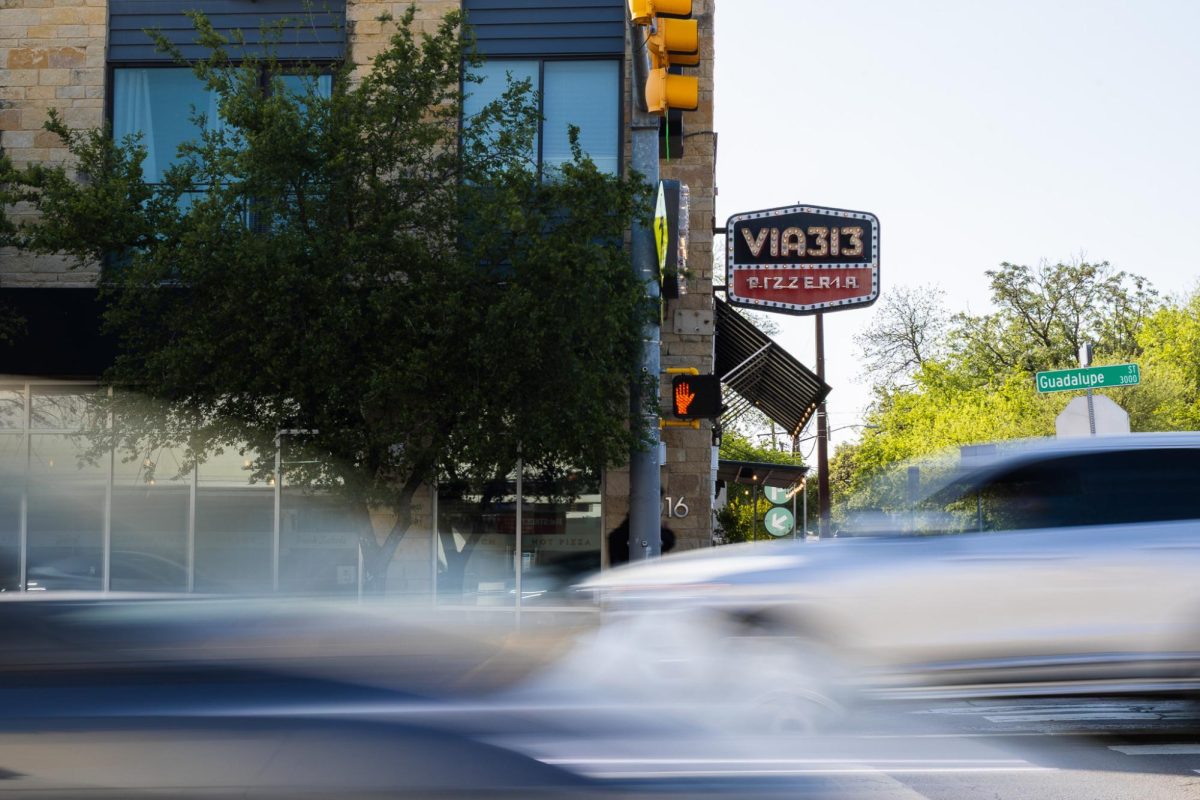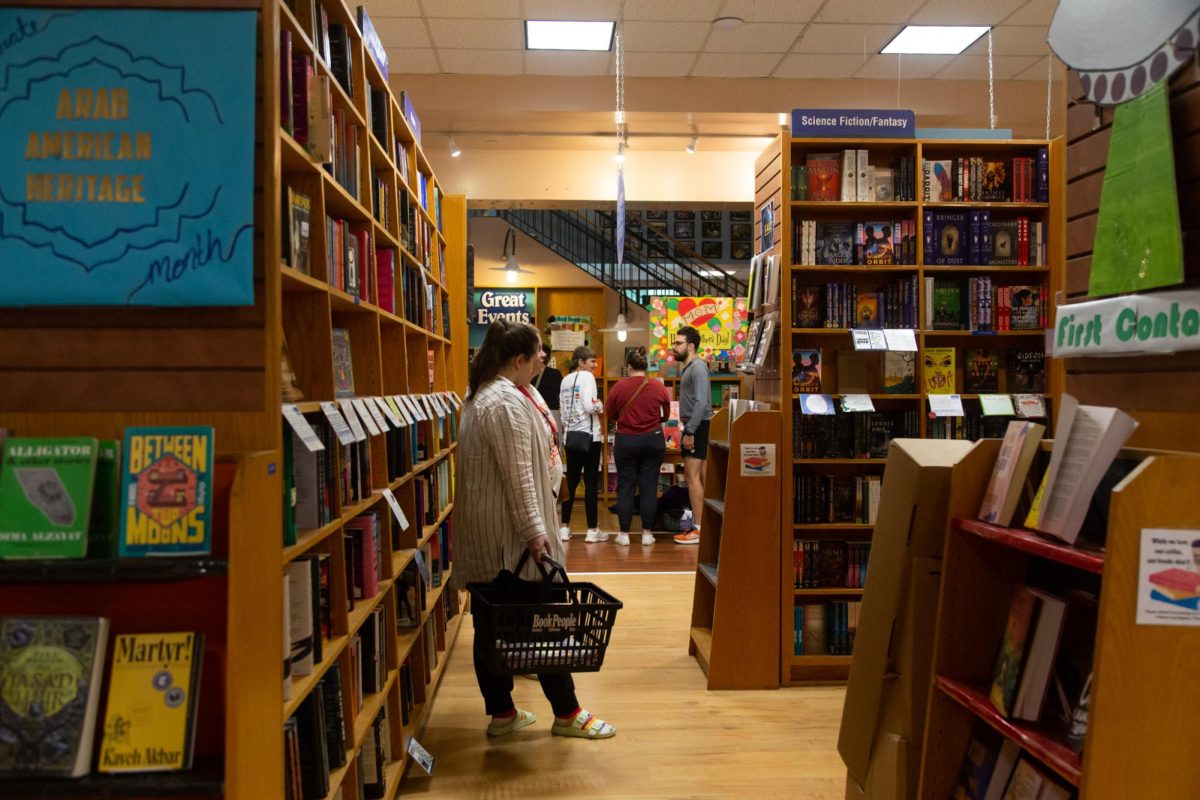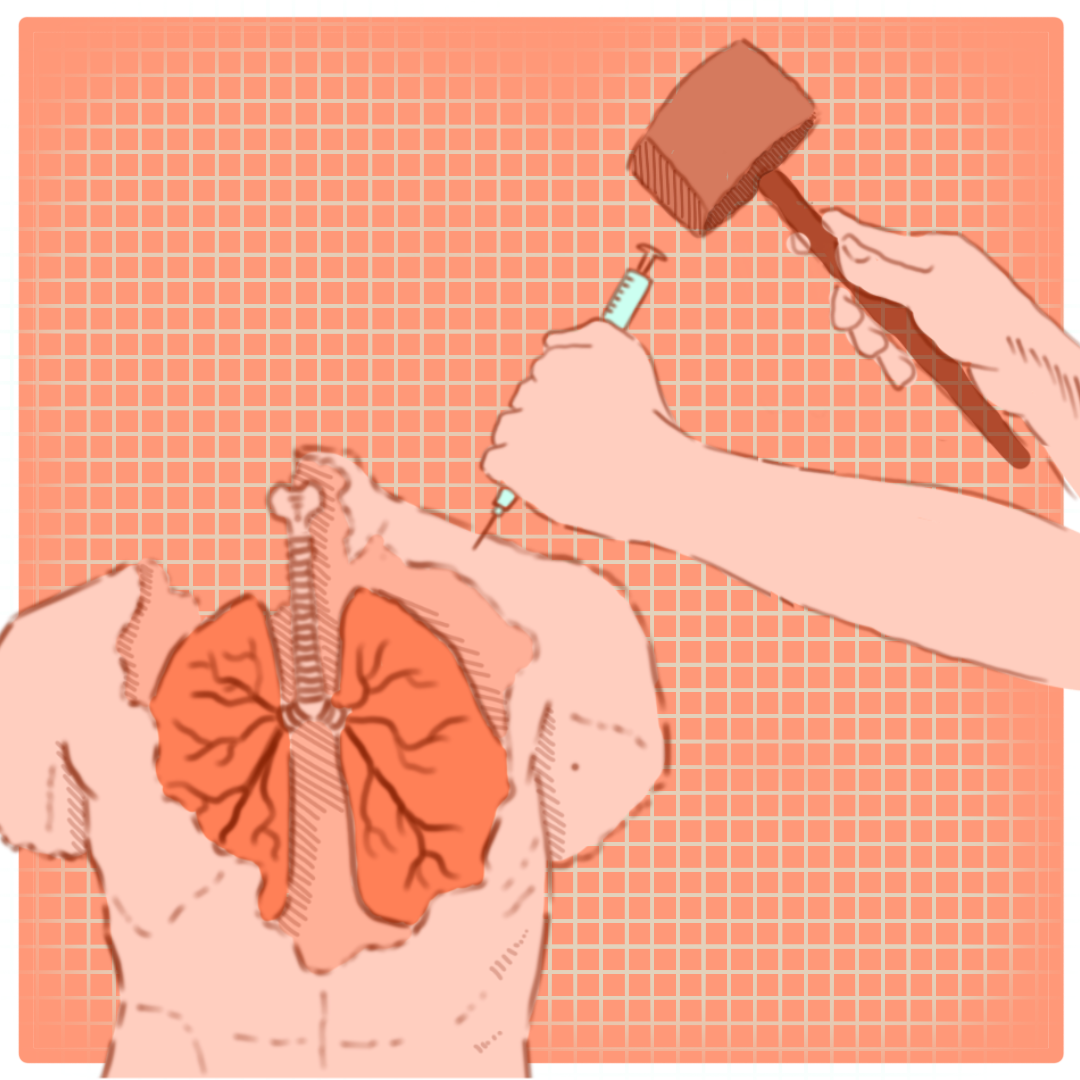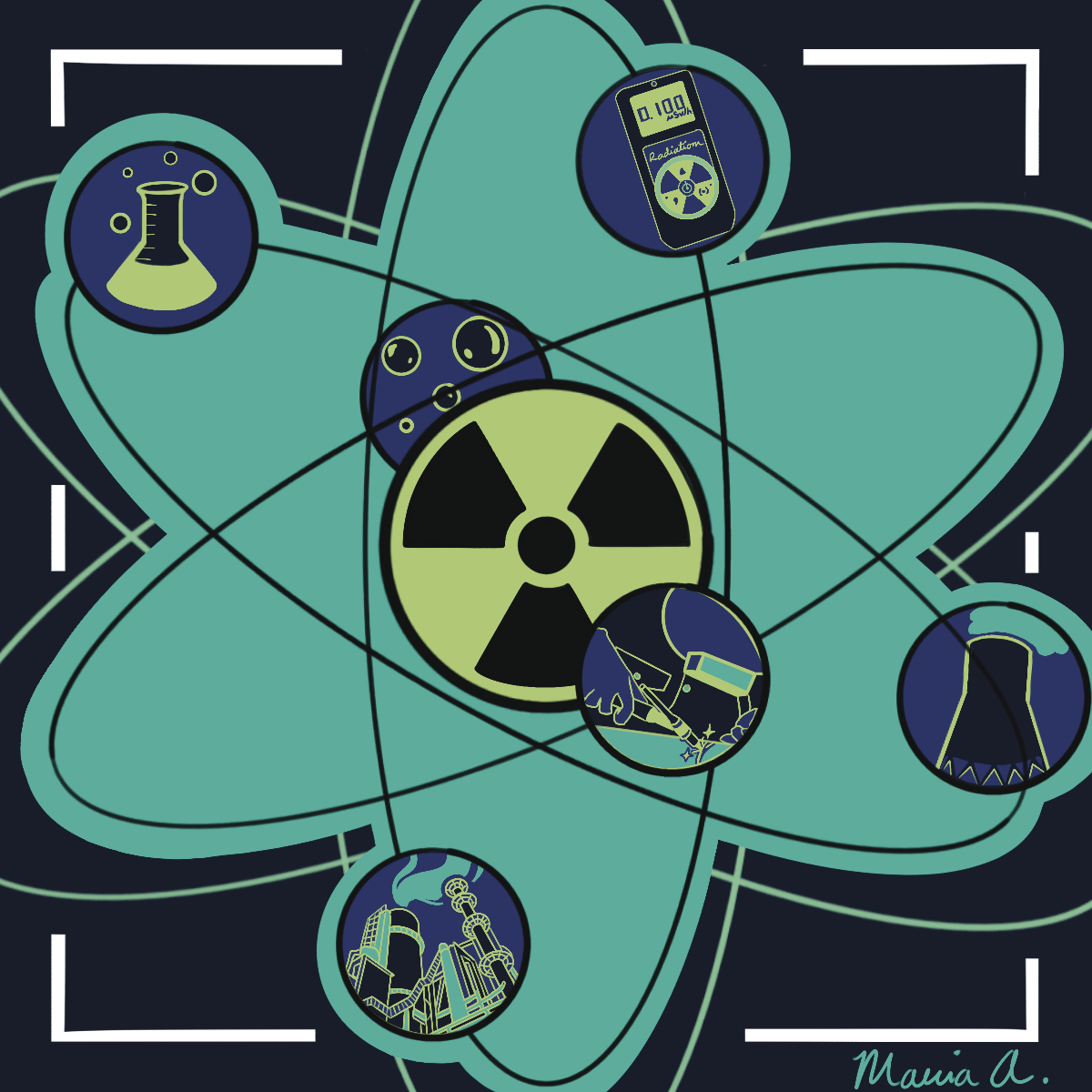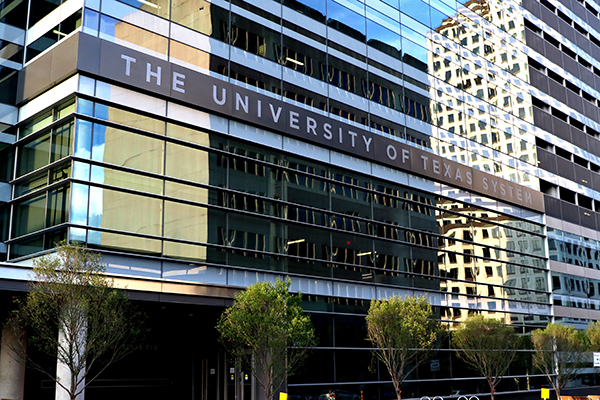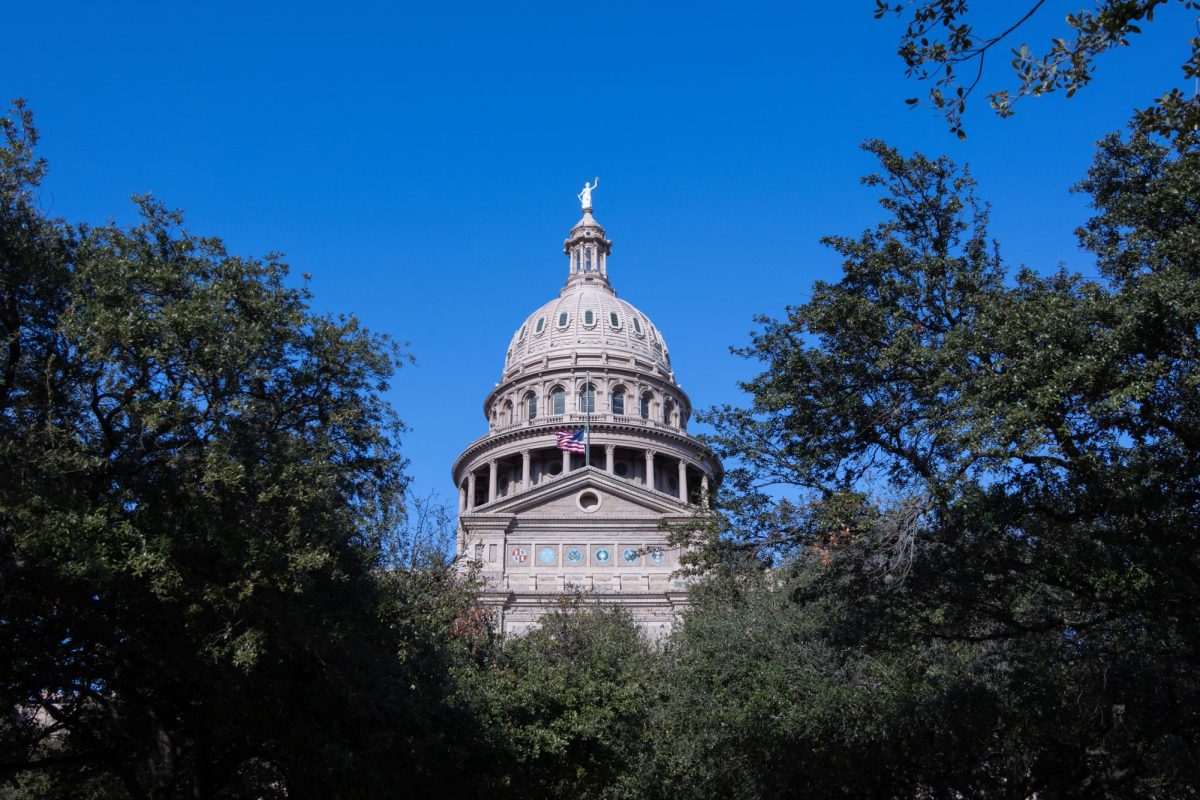The Austin City Council passed a resolution on Feb. 13 aiming to make downtown Austin “accessible” and “vibrant” when construction begins for planned projects in the area.
Mayor Kirk Watson and Council Member Zohaib Qadri, who represents UT and West Campus, worked on the plan called the Downtown Austin Strategic Initiative. The plan asks the city to evaluate infrastructure and mobility impacts that may be caused by upcoming development plans in downtown Austin, including the Congress Avenue Urban Design Initiative, which focuses on making the area more pedestrian-friendly, and the light rail construction plan Project Connect.
“Whether you work, live or play downtown, I remain committed to making sure (the) council follows through on all of the city investments our people need,” Qadri said in an email. “The establishment of the Downtown Austin Strategic Initiative, is essential for coordinating our current programs and efforts to enhance the quality of life in downtown for all residents, workers, and visitors.”
The downtown Austin population nearly doubled from 2010 to 2020, according to the resolution. This calls for more infrastructure to be built, said Matt Geske, vice president of public affairs for the Downtown Austin Alliance, a nonprofit that ensures the area is clean and welcoming. However, construction comes with some challenges, he said.
“It’s going to involve the built environment, land use, sidewalks (and) trees,” Geske said. “What we want to see going forward is that not only is everyone aware of what’s going on, because it’s gonna be a multi-year process, but is being able to have their voice heard. … We want coordination across all the departments and agencies to ensure that this goes as smoothly as possible and (that) people are still coming downtown.”
Transportation engineering professor Kara Kockelman said as the Austin population continues to grow and more infrastructure is built, it is important to design frameworks accommodating people who either drive or walk.
“(The city) introduced a lot of leading pedestrian intervals so that the pedestrians get to start their walking before the vehicles are released with their own green bulbs,” Kockelman said. “They’ve improved a lot of sidewalks and curbs.”
The initiative will also work to make downtown more “vibrant” by enhancing music venues and encouraging the use of vacant storefronts, according to the resolution. Geske said the goal is to attract more people to the area through these efforts.
“It’s a win … to bring in different businesses … and bring people to those buildings,” Geske said. “Being able to have it on a citywide scale, if we do it right, (will be) really important for downtown Austin.”
The council directed the city manager to “identify responsibilities” to meet the expectations in the resolution. Geske said the initiative’s end objective is for people to enjoy downtown, despite long development periods.
“There’s going to be construction, some pinch points (and) pain points,” Geske said. “If we’re all coordinating to have a communication strategy for how people can get into and out of (the area), I think that will be very important for the health and vibrancy of downtown Austin.”

